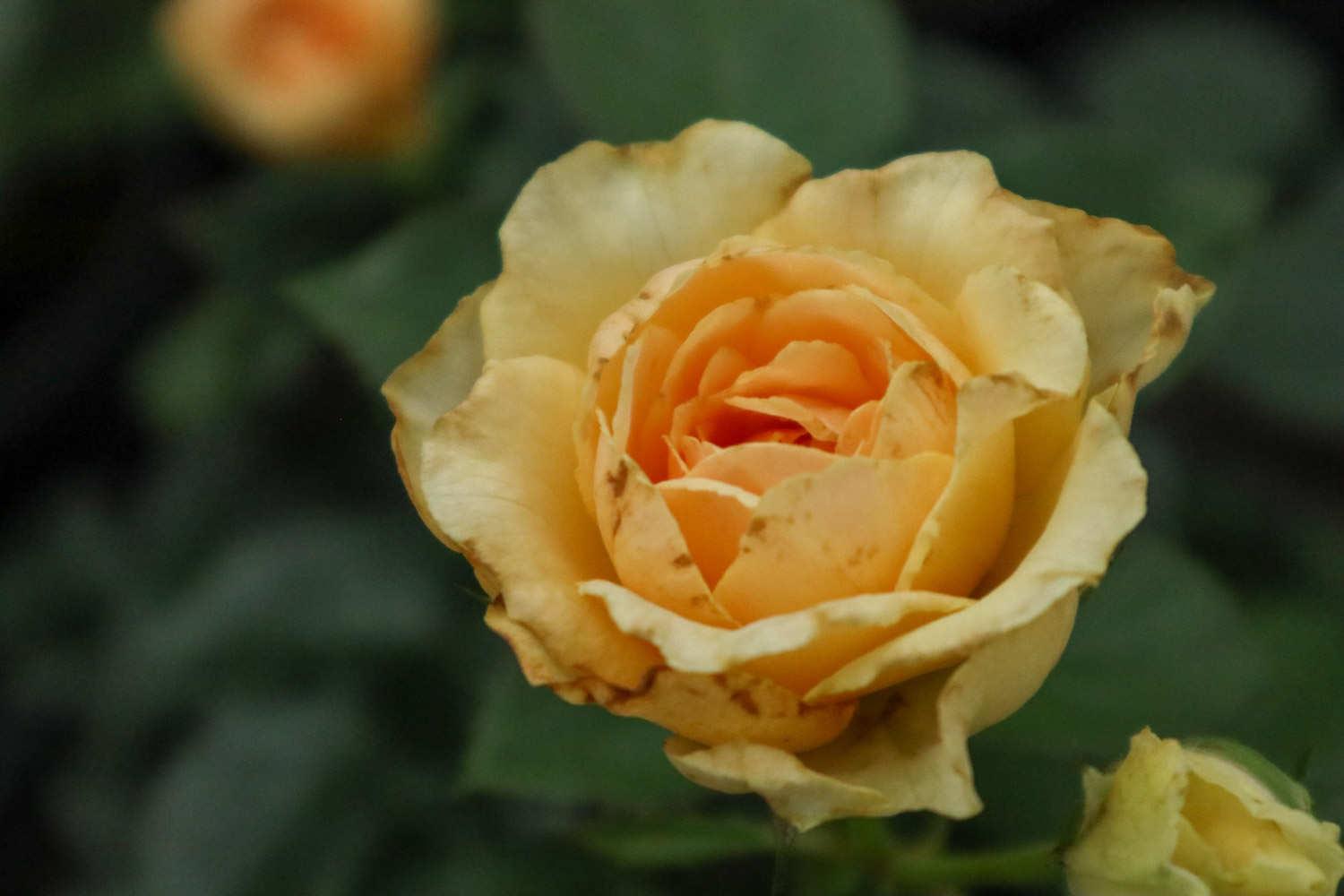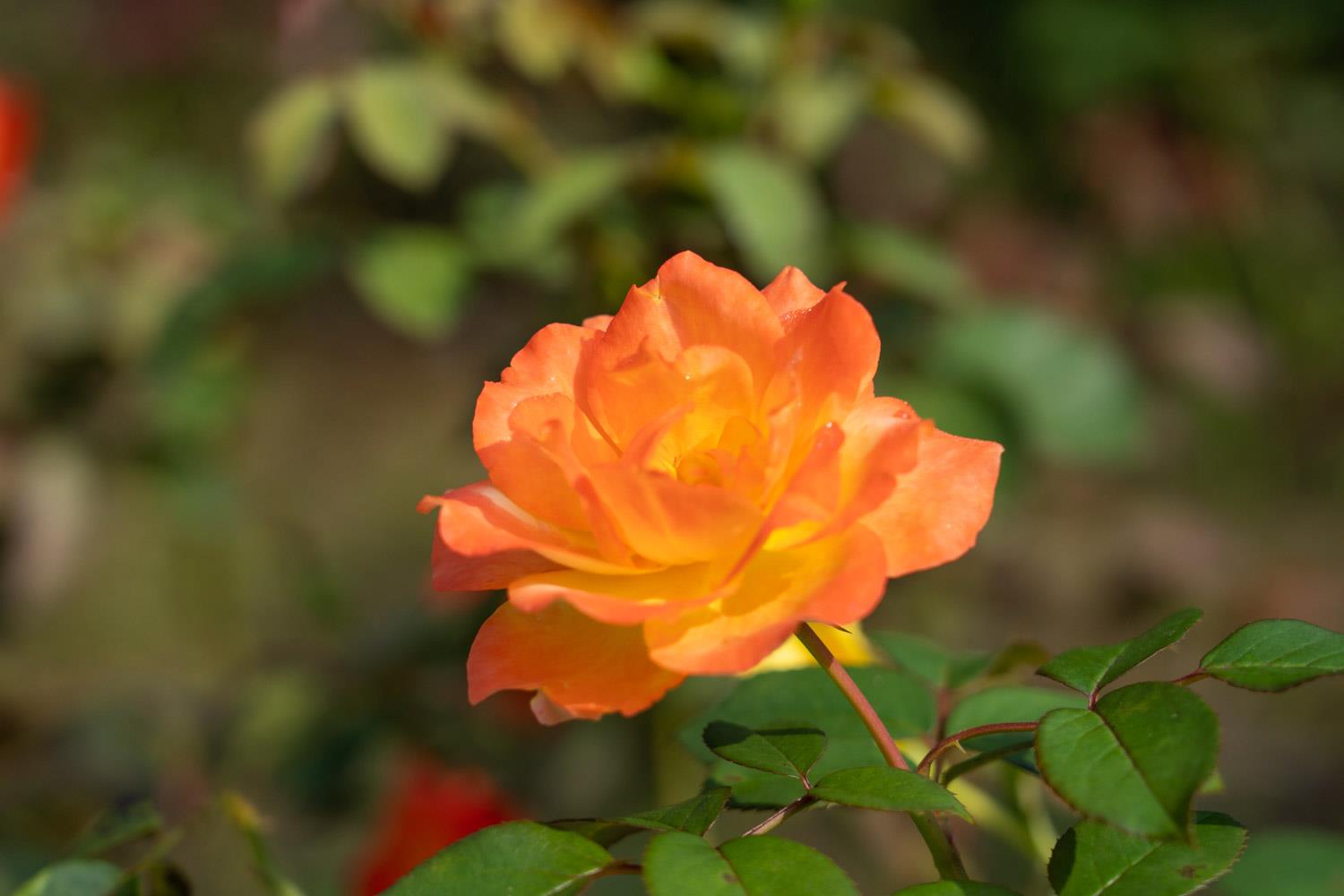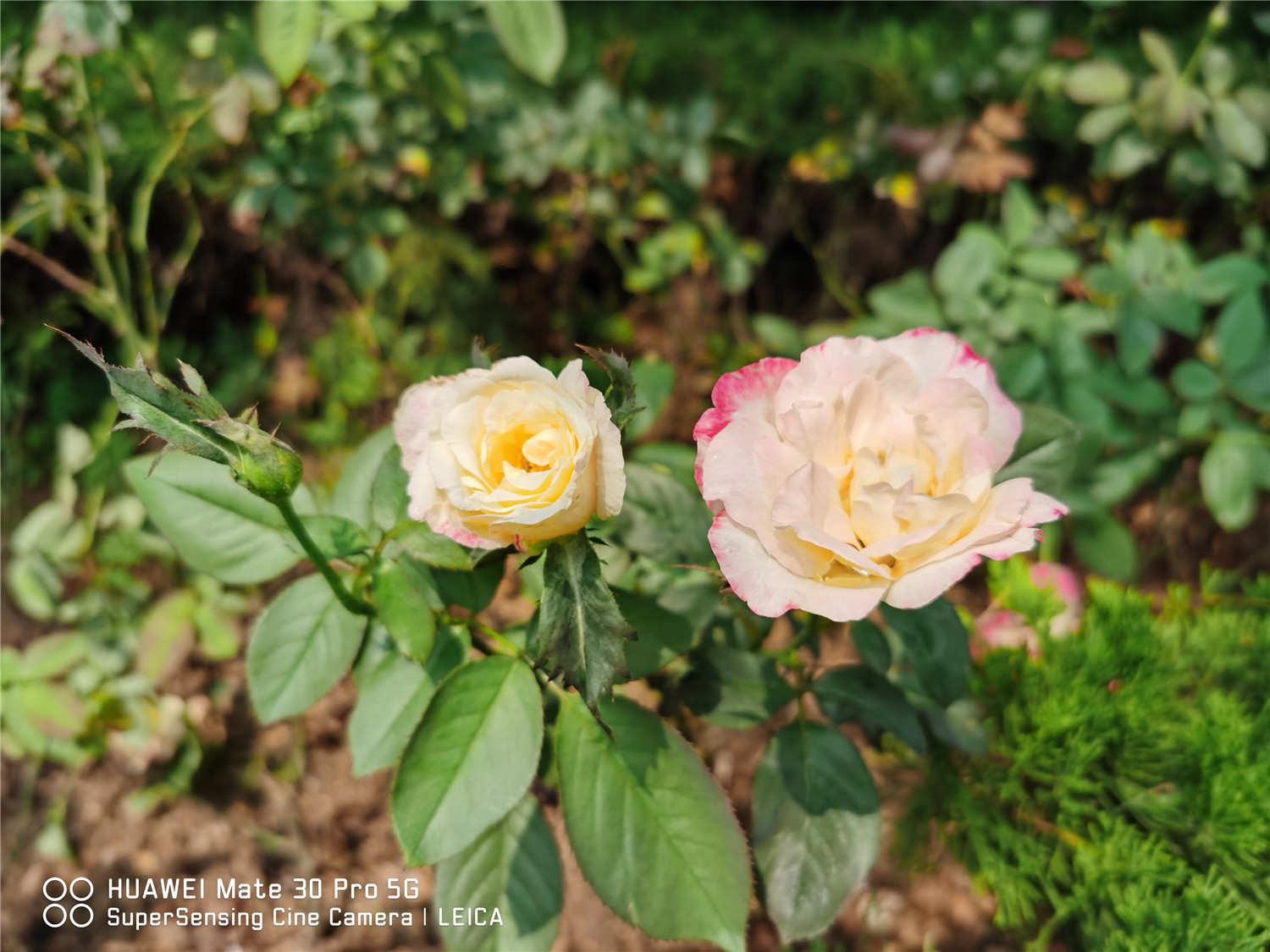Rose flower grafting method
Last Update :2024.12.29
Article Catalog
Grafting should be carried out in spring or autumn, not too early or too late, otherwise it will be difficult to succeed due to low temperatures. For rose grafting, there are many rootstocks to choose from, and wild roses are more recommended. The scions should be selected with full buds and strong growth. When grafting, cut a T-shaped incision on the rootstock, insert the bud eye, and secure it with grafting tape. Later, when new sprouts are found, they should be cut off in time to retain nutrients.

1. Grafting time
1. Grafting time
Grafting roses should be done in spring or autumn, when the temperature is more suitable and the survival rate is higher. Be careful not to start too early in spring and not too late in autumn, otherwise the temperature will be low and it will be difficult to survive. Also, be careful to avoid rainy days.

2. Grafting method
1 2. Select rootstock: There are many choices for grafting rose rootstocks, including roses, roses, and Chinese roses. Among them, wild rose flowers are the best, with well-developed roots and strong resistance to pests and diseases, making them more suitable as rootstocks.
2. Selection of scions: In addition to rootstocks, the selection of scions is also particular. Choose varieties with full buds and strong growth, which is more conducive to successful grafting.

3. Grafting: The method of budding can be used for grafting. First, cut off the buds and thorns at the location to be grafted, and cut a T-shaped incision on the rootstock. Be careful not to make it too deep, but cut the outer bark preferably in the middle of the branches and between the bud points. Then cut a bud eye from the cambium layer and insert it into the rootstock part with the bud eye facing up. After completion, use a grafting tape to fix it and wrap the grafted part so that only the bud eye is exposed.
4. Later maintenance: Water thoroughly after grafting, and keep the soil moist for the next half month, but not waterlogged. If new buds grow on the grafted rootstock, they should be cut off to retain nutrients.

2. Grafting method
- END -
What is the reason why aloe vera does not adapt after repotting and what should I do?

There are many reasons for aloe vera not adapting to the new pot. It may be caused...
How long does it take to fertilize Clivia after repotting?

After repotting the Clivia, you must wait at least a week before fertilizing. Do n...